Blog


Some people claim that those who hang out in archives risk getting “archive fever,” an unexplained syndrome that can occur when an object from the past, say a stash of wartime correspondence, shows up in a box of administration papers. Or maybe the object is a tattered map on a basement shelf. Perhaps it’s a box of old tiles in a cabinet drawer. These are the raw materials from which the history of Morris Arboretum & Gardens is made and a small group of intrepid Archives volunteers has the privilege of handling them each week.
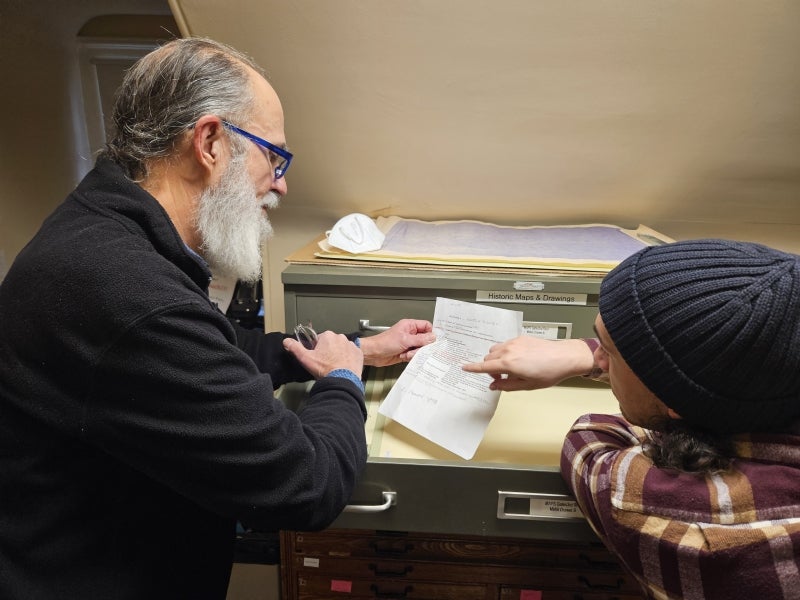
Sometimes, raw materials reveal things we never knew before. Archive fever can spike when we instantly recognize the significance of an object and we rush to tell everyone of the new finding. It’s a eureka moment on the third floor of Gates Hall and our excitement can be heard by folks downstairs.
Other times, fever doesn’t take hold until we’ve assigned the object an accession number, cataloged it in PastPerfect (the archives software program), and composed the description. Only then do we begin to understand that the correspondence, the map, the tiles have changed our assumptions of the Morris’s past.
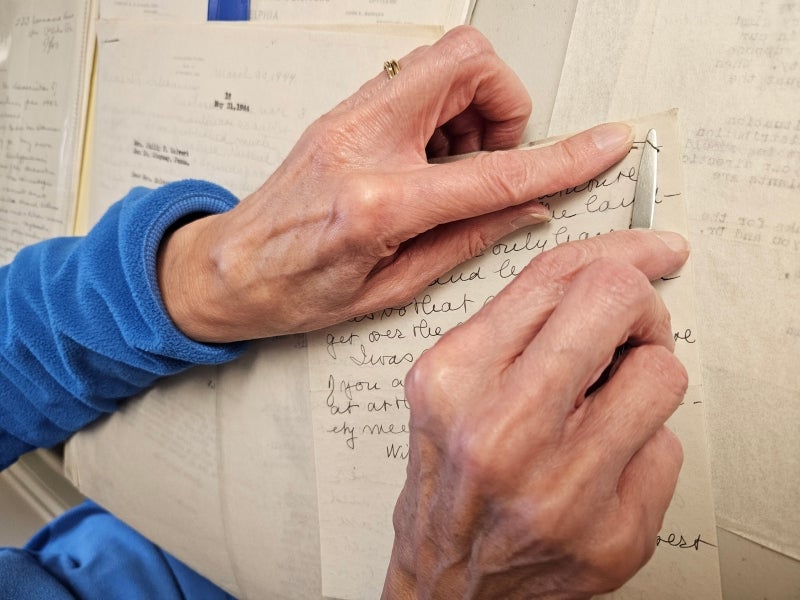
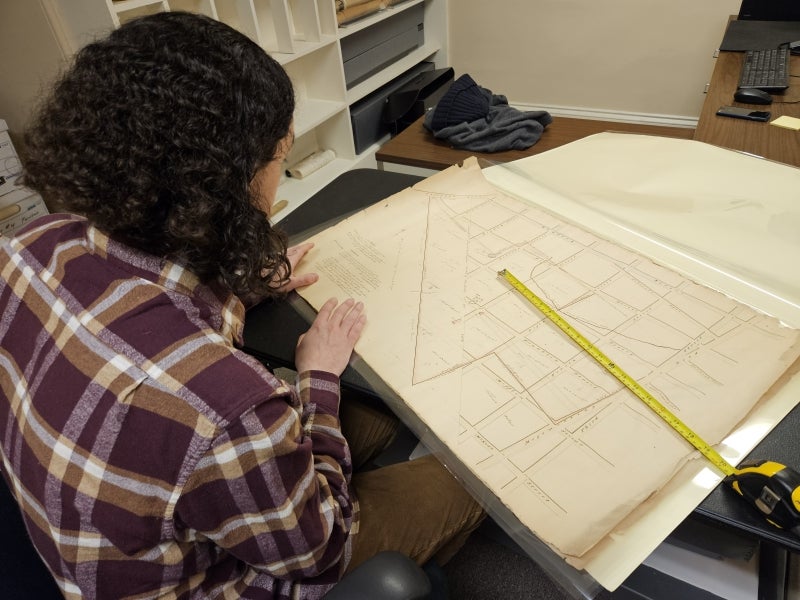
Take object number 2004.1.44GN for instance. I got a serious case of archive fever from this one. The object is a glass plate negative of a sitting room on the second floor of Compton. Lovely room, interesting furnishings, nice drapes. Then my eyes land on the decorative tiles surrounding the fireplace. And thus begins one of my first projects as an Archives volunteer—track down the tiles. My fever stays low grade for a while as particulars come to light: the designer was William Wise, the tiles were called “Country Pursuits” and they were popular in the 1880s. Then fever spikes big time when we discover the actual tiles in—of all places—Gates Hall!
Picture the Archives volunteers on a typical Wednesday afternoon: a systems analyst, an office supervisor, a librarian, a foundation CEO, an academic dean (all former professionals now pursuing meaningful volunteer opportunities), and a library science grad student busy cataloging drawings, digitizing negatives and kibitzing over a recently unearthed newspaper clipping that challenges yet another of our assumptions.
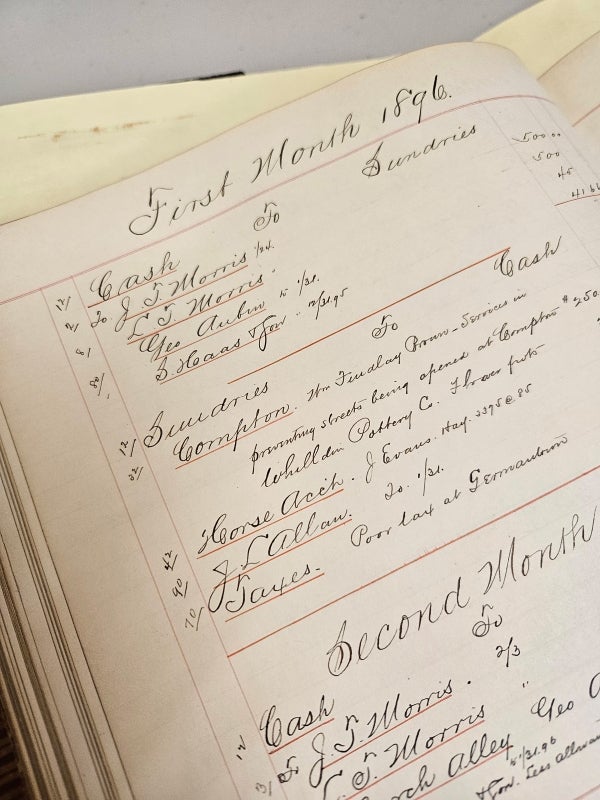
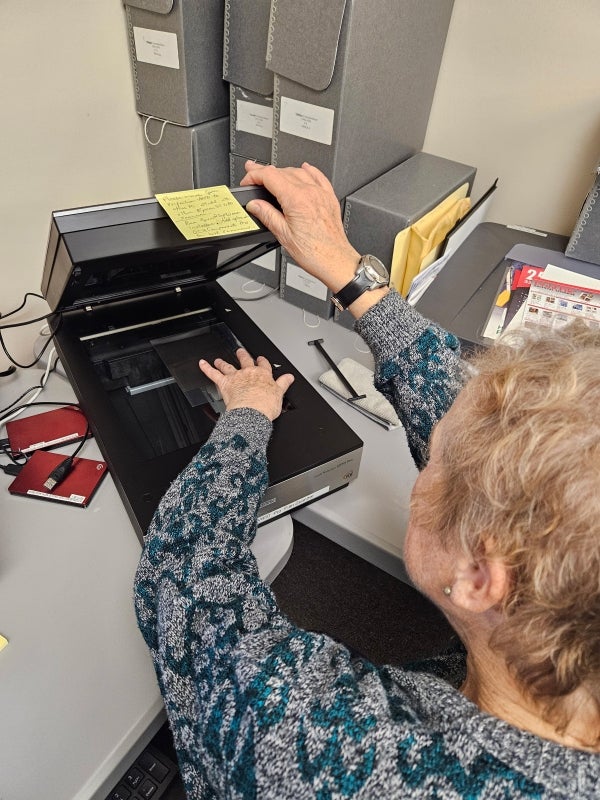
Archival work is not a treasure hunt for shiny objects (well, occasionally it’s like that). Fundamentally, our job is to ensure a credible and consistent history of the Morris by preserving artifacts, interpreting them, and publishing images online for others to explore. Call it a passion, a service, or a fever—our often routine, sometimes remarkable work ties the Morris’s past to the present to the future.